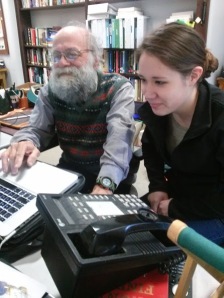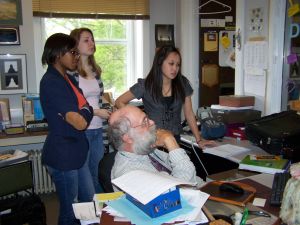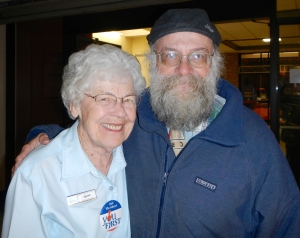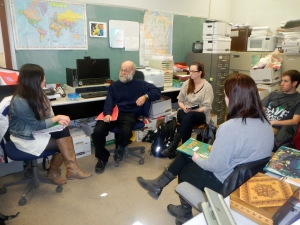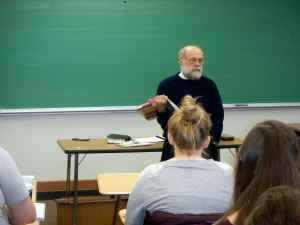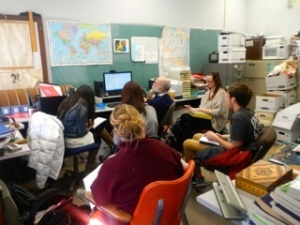 Recently my students and I partnered with Carroll’s Office of Alumni Engagement to conduct a survey of alumni’s awareness of a forthcoming National Day of Service. One of the survey items asked…
Recently my students and I partnered with Carroll’s Office of Alumni Engagement to conduct a survey of alumni’s awareness of a forthcoming National Day of Service. One of the survey items asked…
“What is the best way for the Office of Alumni Engagement to communicate to Carroll alumni about alumni events, such as the National Day of Service? (Choose all that apply.)”
One respondent offered the following comment that made me smile. I do not take umbrage (nor take the comment as a “flame”) nor believe that the malapropism was unintentional. In fact, it seems to be the language and Ben Franklin-like wit and sense of humor of an esteemed staff colleague of many years ago,
“How much time and effort is the particular project worth? Ask the extinguished Dr. Simpson for his best advice. Occasionally the old boy will hit the nail right on the head!”I found the respondent’s playful comments thoughtful—on the mark, and perhaps prescient!
Am I indeed an “extinguished professor”?:)
Extinguished... Snuffed out, put out, quenched, expunged; stuck out; effaced; left with no vestige; having the kabosh put upon. Carroll has changed greatly since I began teaching thirty-five years ago—and so has the ways one can teach and learn. There are times when I have felt that I am about to become extinct. Alas, I have extinguished my candle-burning behavior, though I continue to burn a candle at both ends. And I am still haunted by the metaphors of Shakespeare words of MacBeth.
“Tomorrow, and tomorrow, and tomorrow,
Creeps in this petty pace from day to day,
To the last syllable of recorded time;
And all our yesterdays have lighted fools
The way to dusty death. Out, out, brief candle!
Life’s but a walking shadow, a poor player
That struts and frets his hour upon the stage
And then is heard no more.”
old? Twenty-one three times over + — but still succumbing to the well-documented psychological finding of feeling younger than my chronological age—especially when surrounded by students—even those whose parents have been my students!
Old boy? hopefully boyish in the positive playful sense. Here is how I recently reflected on my teaching and why I teach one of my courses a particular way.
If you give me enough hammers and enough time might I indeed hit the nail on the head? If I blog enough might I occasionally write a thoughtful, engaging, piece?
Time will tell. Time to turn off my electric candle and head out to Miller Park.

